Gayle helps construct a replica of Arbroath Abbey out of Lego. The striking finished model is on display from today until November 4.
The children’s area of Arbroath Library is a sea of tiny red bricks when I show up on Monday afternoon.
Sitting, engulfed, in the centre of it all, is Lego specialist Alistair Jelks.
His brow is furrowed, glasses perched on the tip of his nose, as he concentrates on the task at hand.
His job this week is to construct a scale replica of Arbroath Abbey entirely out of Lego pieces – and anyone over 10 years old is invited to get stuck in.
I’m here to help but truth be told, the very idea terrifies me.
I’d never got into Lego as a kid – I didn’t have the patience – so it seems unlikely I’ll excel at it now.
What if I put a brick in the wrong place? Or, God forbid, I knock the model abbey over, sending it crashing to the floor?
Alistair laughs and tells me to chill out.
Every brick counts
Over the next hour, and with Alistair’s guidance, I add a series of bricks and ‘flat plates’ of varying sizes.
As a previous avoider of all things Lego-related, it takes a while to get my eye in.
I find it hard to differentiate the sizes – there are 2×1, 2×3, and 2×4 bricks, as well as 2×3 and 2×4 ‘plates’.
There are also pieces to be picked out for archways, windows and doorways, but I leave those well alone.
Alistair explains the model is being built to scale – three Lego ‘studs’ are equivalent to a metre in real life.
And we need to be sure to interlock and overlap bricks as we build. This will make the abbey stronger and keep it held together without the need for glue.
Engaging young people
While I’m hunting for bricks, he tells me how he gravitated towards Lego as a kid, and more recently how he’s used it to engage young people.
“It’s pretty therapeutic,” he muses. “Lego is such a tactile medium, perfect for architecture, and great for getting people of all ages to connect.
“It’s one thing standing on the ground gazing up at a building, or seeing different perspectives with a drone.
But during the construction process with Lego, you really get to understand the building intimately.”
Pop for a peek
As we’re building, four-year-old George Hamilton and his mum Lynsey pop along for a peek.
George is keen to book a session – strictly, participants are meant to be over 10 but Alistair is happy to let him join – and he gets to work adding in bricks and a random flag.
The smile on wee George’s face says it all – he’s in his element!
I’m desperate to know where the bricks came from and how many might be used in the build of the historic abbey.
How many bricks?
“I buy most of this Lego second-hand on eBay,” reveals Alistair. “The more fancy stuff – for example, the funny feature pieces on a building – is more expensive.
“I’ve no idea how many bricks will be used though. Let’s just say… two billion!”
He’s joking of course, and I’m left guessing. A quick Google reveals that while Dan Harris used 7,000 Lego bricks to build a model of Aberdeenshire’s Corgarff Castle in 2007, Warren Elsmore and his team recreated Edinburgh’s National Museum of Scotland with 90,000 in 2016.
So Arbroath Abbey’s Lego count is probably somewhere in between!
On exhibition
The replica – with a few Lego monks added for good measure – will be exhibited at Arbroath Library until November 4.
Thereafter, it will be demolished by Historic Environment Scotland learning officer Fiona Davidson, who’s been working with Alistair on the project.
How does Alistair feel about this, I wonder? “I’m excited!” he beams.
“To me, it’s a natural process. You build, make, break down and start again.”
Demolition job
However, Fiona, who worked with Alistair earlier in the year on Lego replicas of Fife’s Aberdour Castle, Dumbarton Castle and Linlithgow Palace, says some partner venues can be “heartbroken” when they see their models being destroyed.
“An archivist at Dumbarton Castle deliberately went for his lunch so he didn’t have to see the replica being broken up!” she laments. I can well imagine!
While great fun, the projects, organised by Historic Scotland, have a strong educational value – and research shows that playing with Lego can boosting brain power.
With participants using real plans and drawings to help them build the replicas, they learn about architecture, construction and scale in the process.
Inspiring project
Fiona hopes the Arbroath Abbey model will inspire people to visit the site and learn more about it.
“It’s about boosting engagement and getting people to connect,” she enthuses.
“We’ve seen footfall and donations increase at some of the other sites, so it’s great for local communities.”
Certainly Lego is a fun way to translate history into a medium that kids can relate to, bringing the heritage of the site to life through the medium of colourful recycled plastic bricks.
- William I, also known as William the Lion, founded Arbroath Abbey in 1178. Monks lived, worked and worshipped in the many rooms and buildings. What’s left are the ruins of the church, the abbot’s house, the gatehouse, guesthouse and a stretch of precinct wall. The abbey’s famous round ‘O’ – the circular window in the south gable – was once a landmark for mariners.
- The Arbroath Library Lego event was hosted by ANGUSalive and organised by Historic Scotland.
- As well as using Lego, Alistair sculpts from plaster, stone, metal and wood. His work can be found at public places across Scotland, including an 18-foot wooden totem pole and stone circle in woodland in Glenrothes.
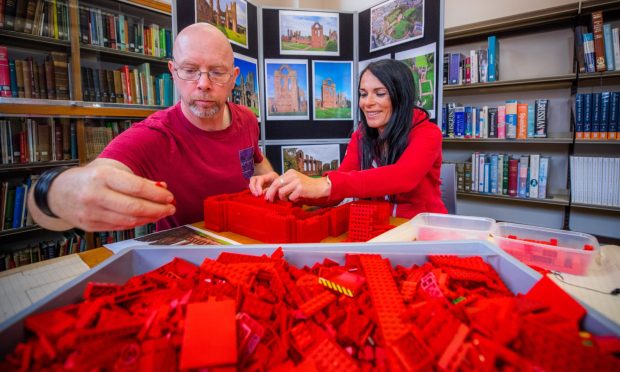

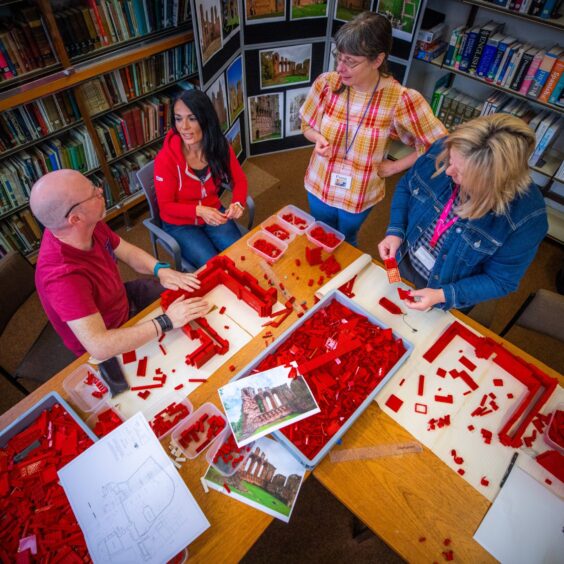
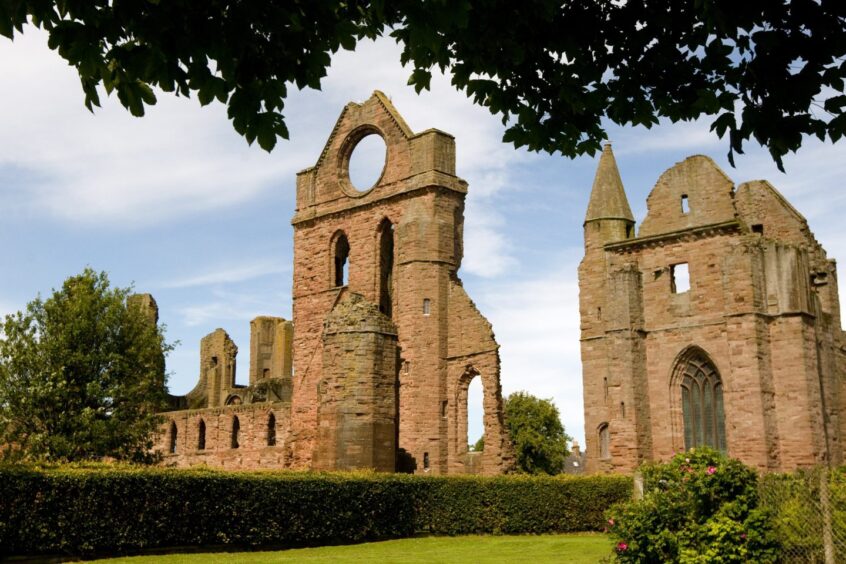
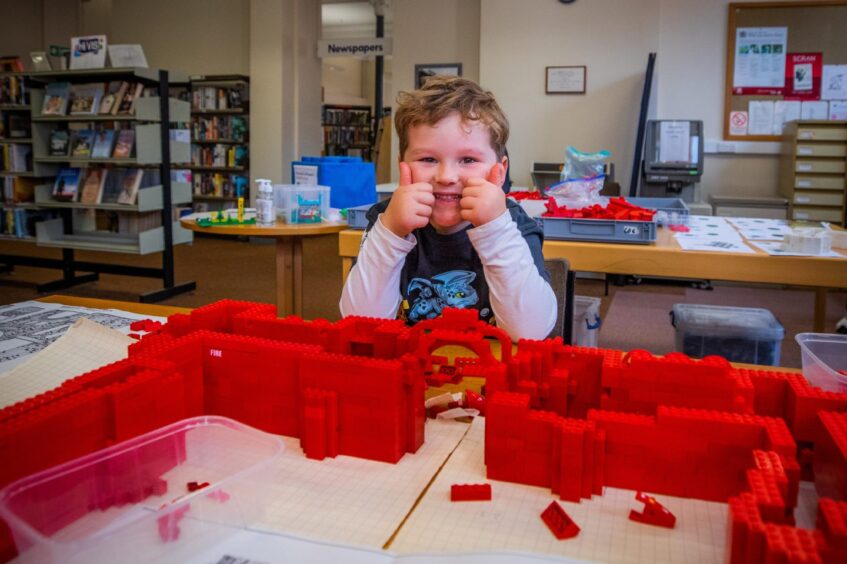
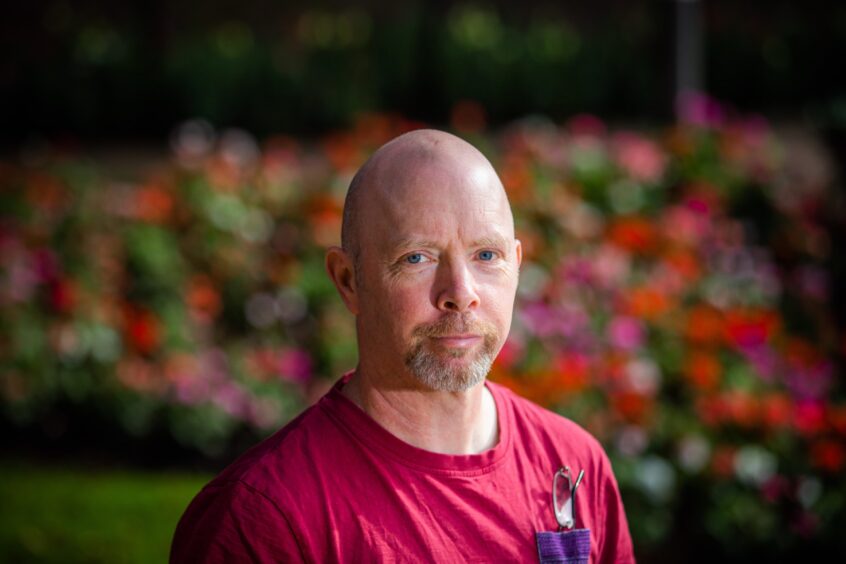
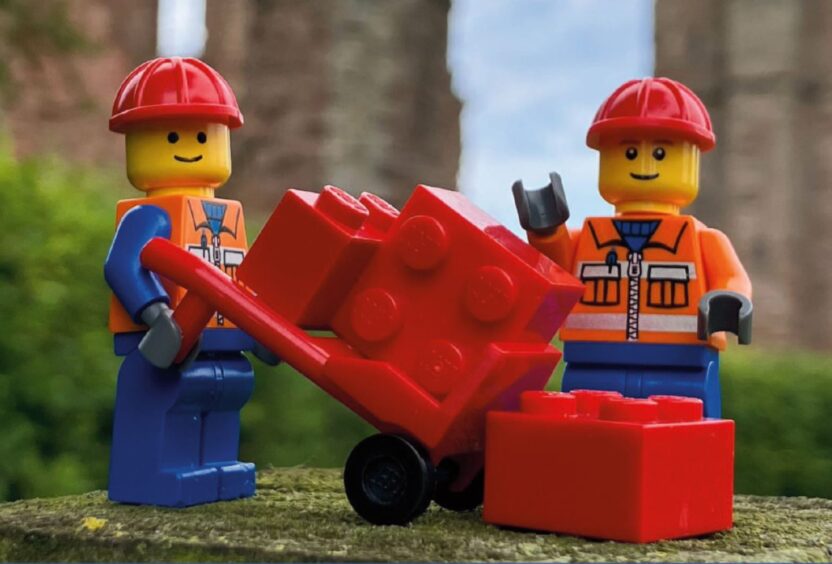

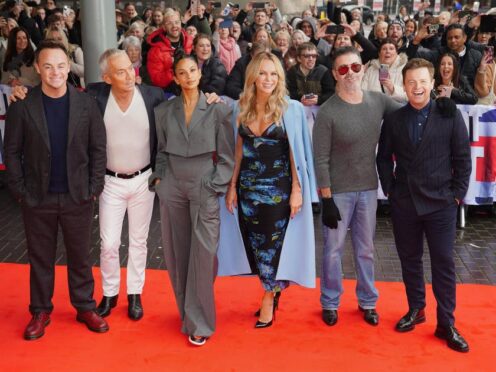



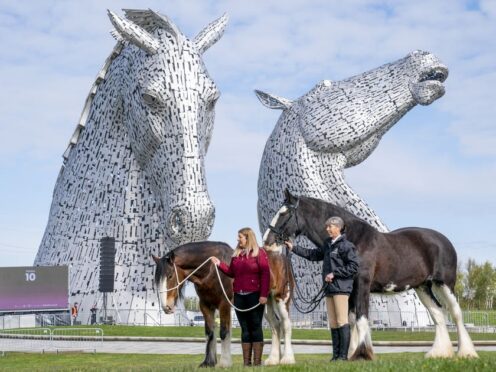
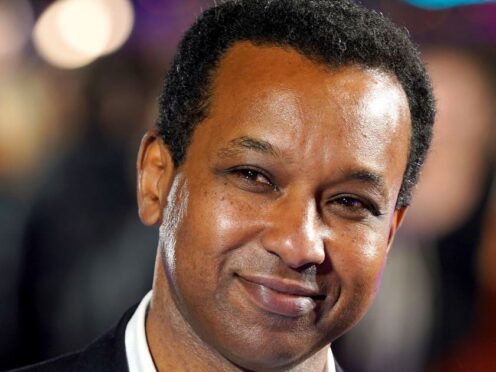
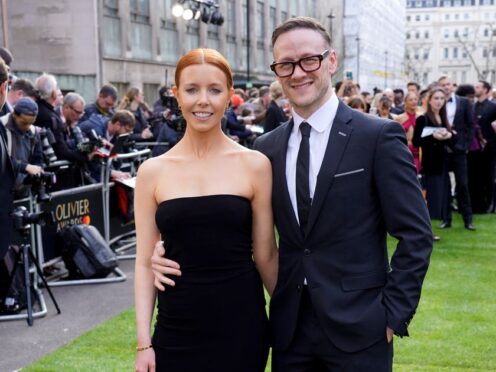

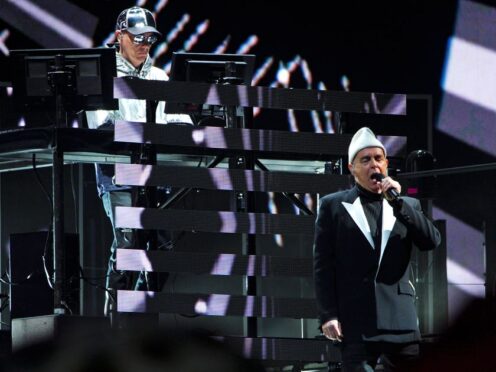
Conversation